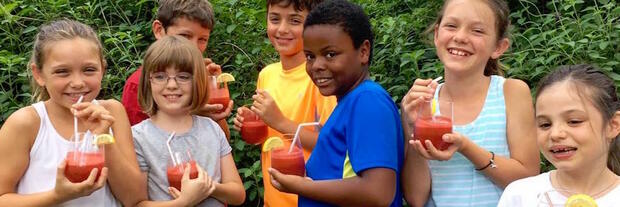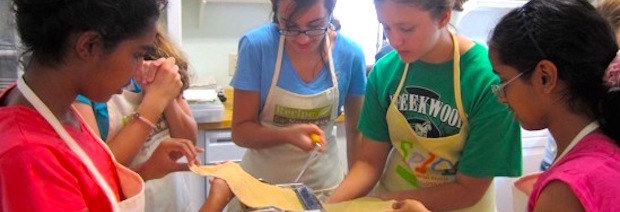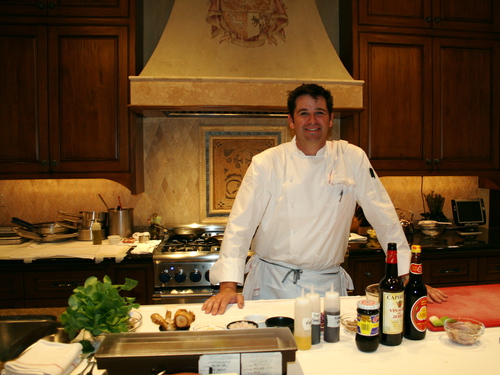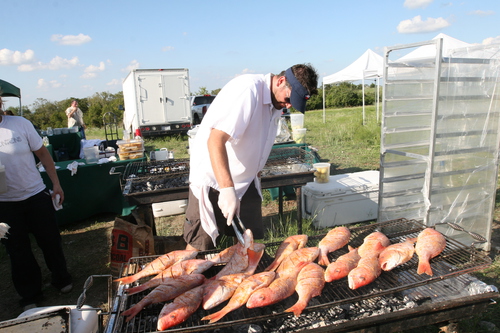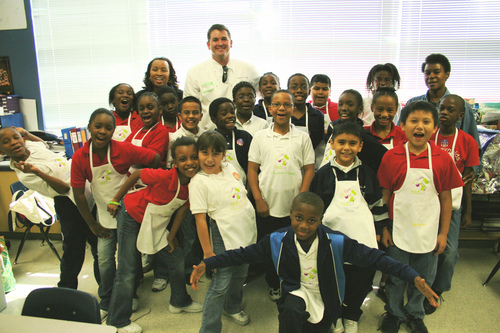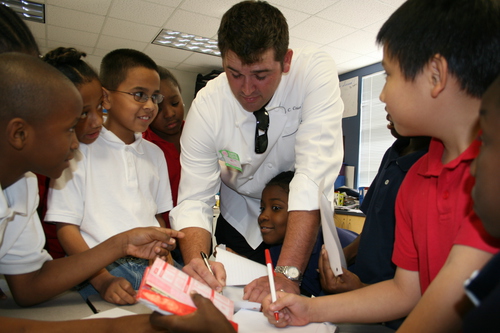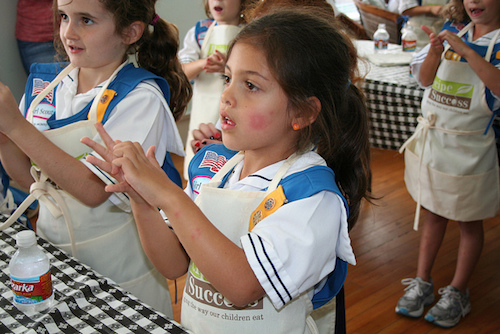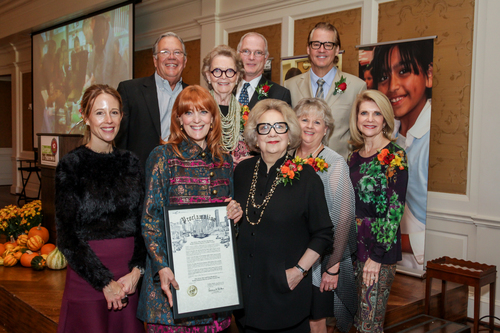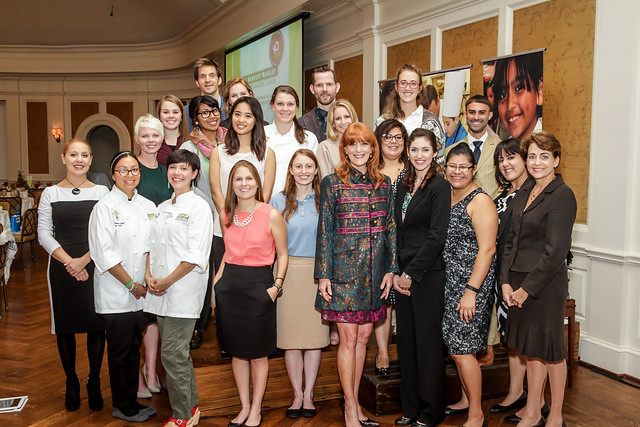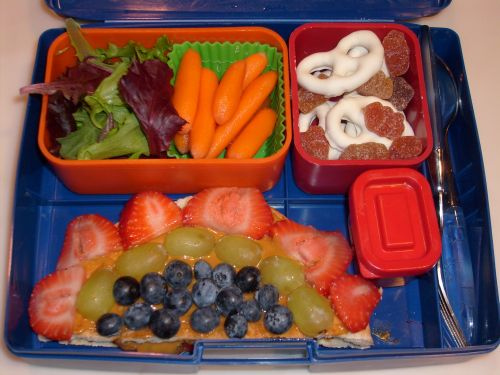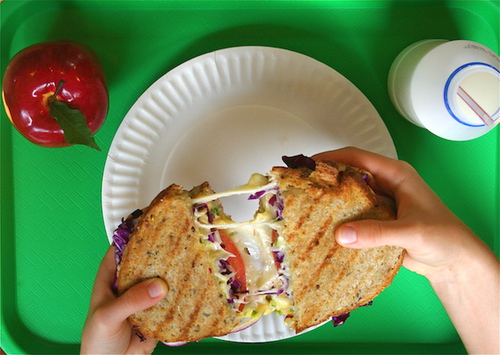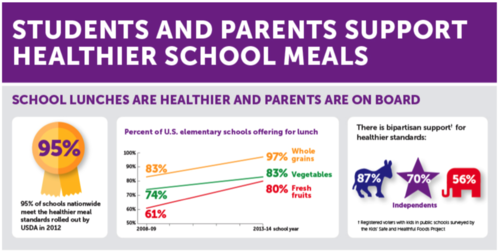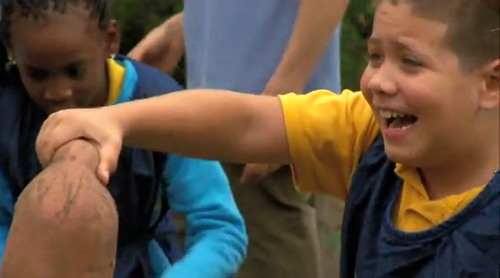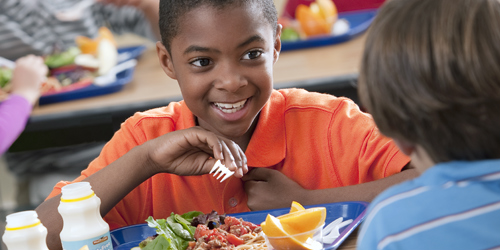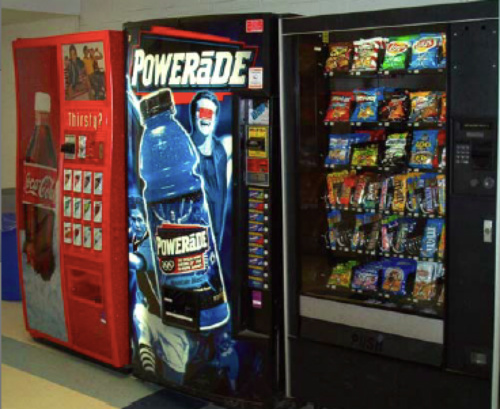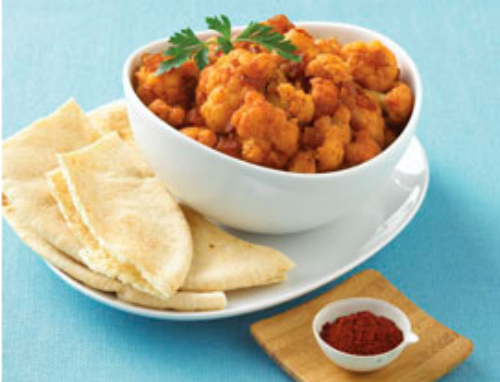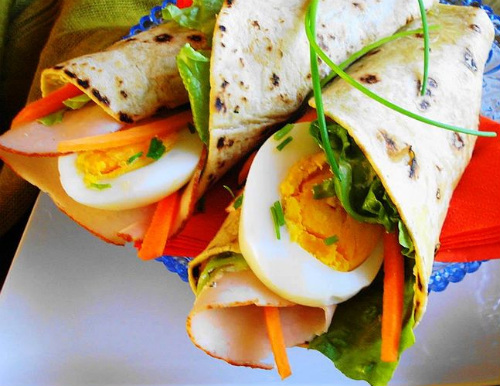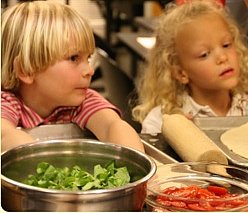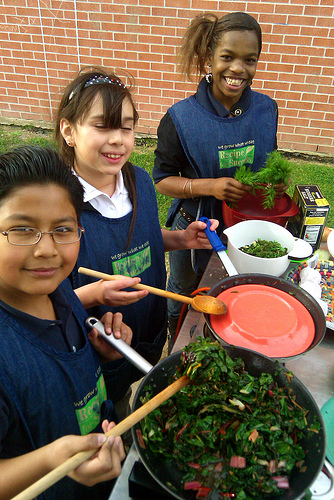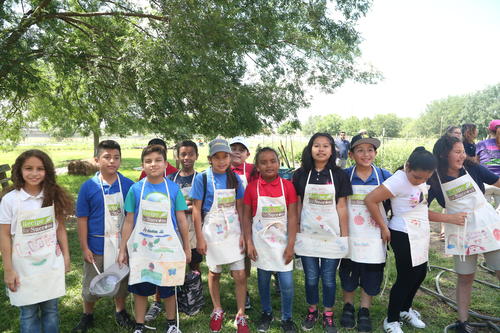 As our Seed-to-Plate classes come to an end, and we finish "Eating the Rainbow," we're rounding out the year with our 4th grade field trips.
As our Seed-to-Plate classes come to an end, and we finish "Eating the Rainbow," we're rounding out the year with our 4th grade field trips.
Students from our showcase schools--Rodriguez Elementary and MacGregor Elementary--recently visited Hope Farms, and had the opportunity to participate in a full farm to table experience.
Working closely with RFS farmer Justin Meyers and guest chef Kevin Naderi, students were split into three groups, and tasked with tackling the various components of a true farm to table experience.
During the their time with farmer Meyers, our first group of students helped weed and ensure that that all the raised beds were getting enough water (this was especially important as our as our days are getting hotter and hotter), while our second group worked to harvest the healthy, delicious ingredients that comprised our farm lunch, and our third group fed the Hope Farms chickens and plants various aromatics in the children's garden.
Their farm work done, our 4th graders moved towards composing their lunch for the day. Working closely with Chef Kevin Naderi, each group of students got a chance to put their own mark on the meal. Our first group sautéed beautiful farm fresh yellow squash, with onions and garlic for a fragrant pasta salad, while our second group composed a green salad with freshly picked cucumbers, and our third helped Chef Kevin prepare a tasty vinaigrette.
As part of their experience, students also received their own aprons, which they immediately took to personalizing. Inspired by their hard (but fun!) day's work, students decorated their aprons with flowers, trees, and the various names of plants they learned about throughout the day.
When it was all said and done, all the students and their teachers and members of the RFS team took the time to enjoy the fruits of our labor with an idyllic picnic--some of us choosing to sit out beneath the shade of beautiful, leafy trees, and others choosing the table overlooking the farm's blooming sunflowers. Bon Appetit!



